Protecting ground combat equipment: take cover and dodge
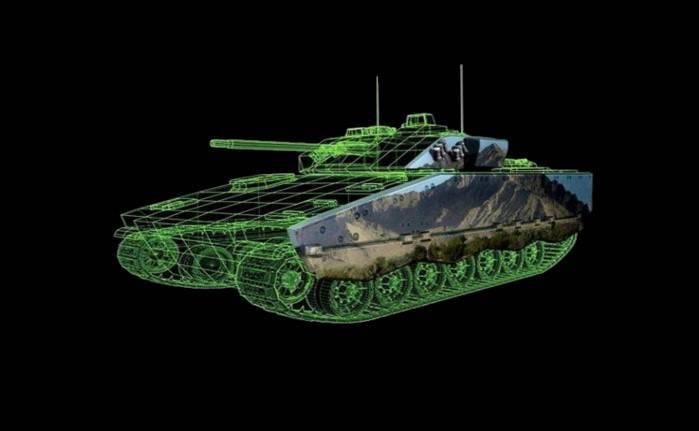
Tanks how the quintessence of ground combat vehicles have always been distinguished by their ability to hold a strike. For this, the tanks are equipped with massive armor, maximally reinforced in the front of the hull. In turn, the developers of anti-tank weapons make every effort to break through this armor.
But before striking a tank, it is necessary to detect it, and, having found it, fall into an actively maneuvering target, in connection with which the importance of camouflage systems and ways to increase the maneuverability of tanks and other ground combat equipment increases.
Disguise
The detection of ground-based military equipment is carried out in the acoustic, optical, visible, thermal and radar wavelength ranges. Recently, sensors capable of operating in the ultraviolet range, capable of effectively detecting anti-tank missiles by the exhaust of an engine, have been added to this list.
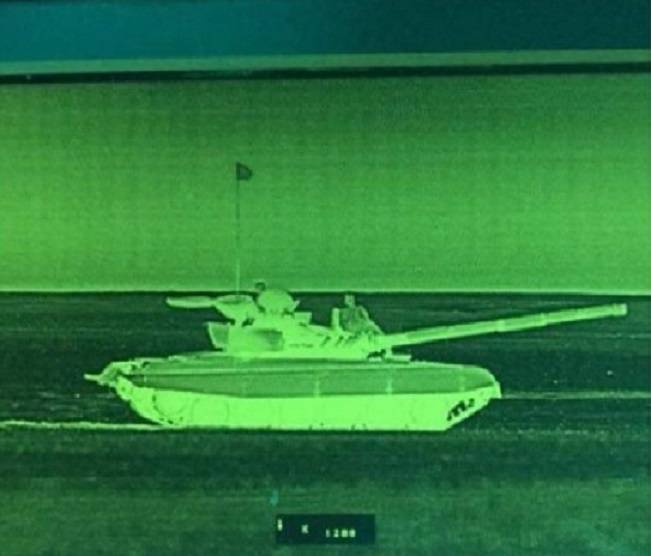
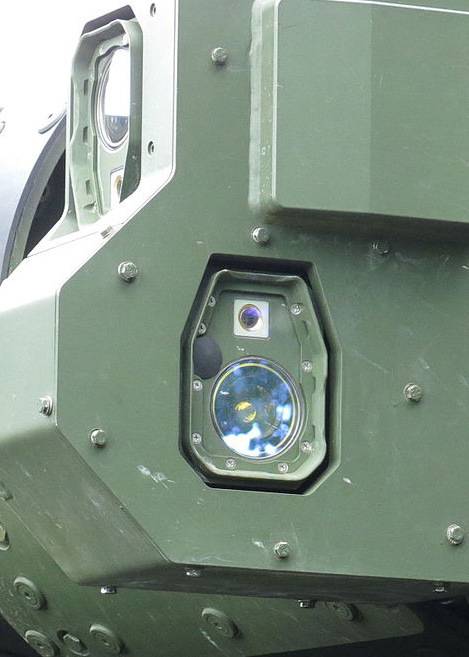
The simplest and most widely used way to reduce the visibility of ground-based military equipment in the optical visible, thermal and radar wavelength ranges is the use of special covering materials. In Russia, NII-Steel products with the symbolic name “Cape” are widely used.

Despite the simplicity and effectiveness of this method of masking, in conditions intensive development of intelligence tools (sensors) and automation of intelligence processing, the use of camouflage wraps alone may not be enough.
In this regard, the industrialized countries of the world are developing embedded and mounted active camouflage systems that can change the optical and thermal signature of ground combat vehicles.
One of these developments is the active Adaptiv camouflage system of the British company BAE Systems. For the first time, the Adaptiv camouflage system was demonstrated at the DSEI 2011 exhibition as part of the Swedish infantry fighting vehicle (BMP) CV-90 (in the form of a light tank).
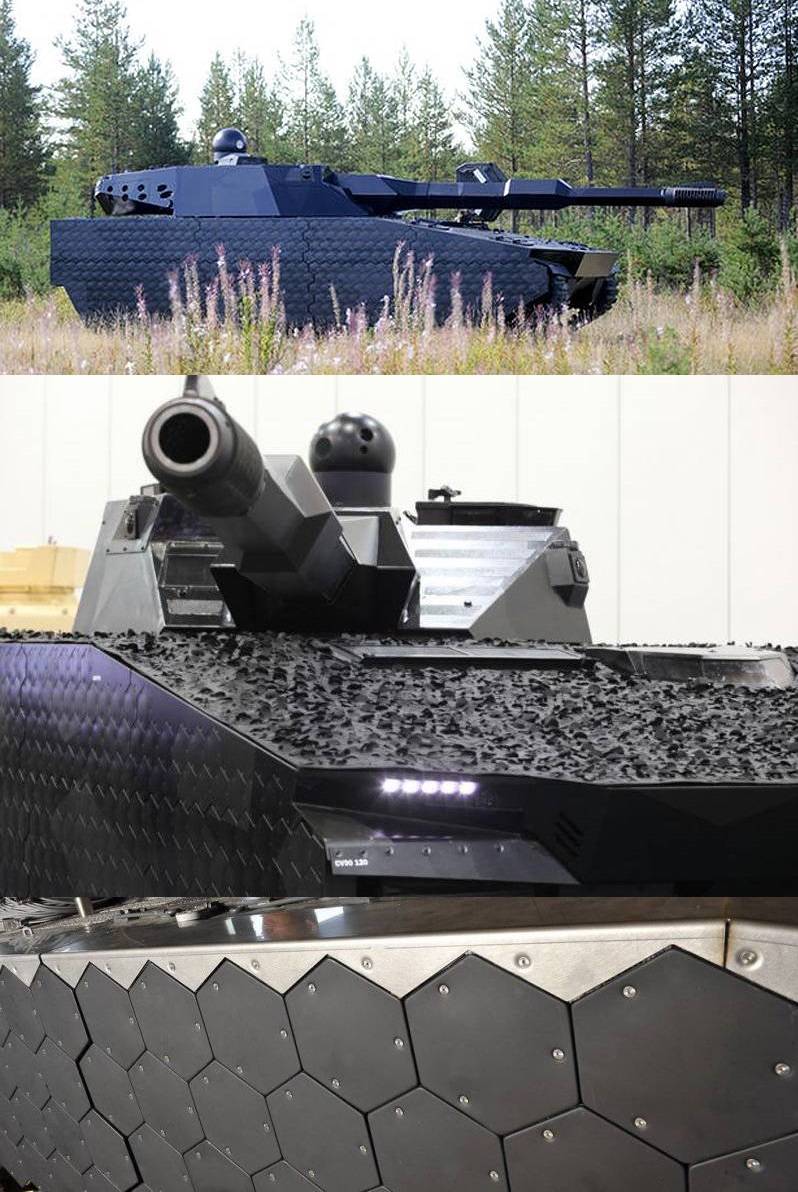
The outer part of the Adaptiv active camouflage system is assembled from hexagonal tiles with a side size of 15 cm, capable of controllably changing the surface temperature. Thermal sensors installed on the machine receive a matrix of background temperature from the side behind the masked side. Based on the data obtained, the system changes the temperature of the tiles, "smearing" the signature of the armored vehicle in the background. The dimensions of the tiles are optimized to obtain low visibility in the thermal range at a distance of about 500 meters and a speed of up to 30 kilometers per hour.
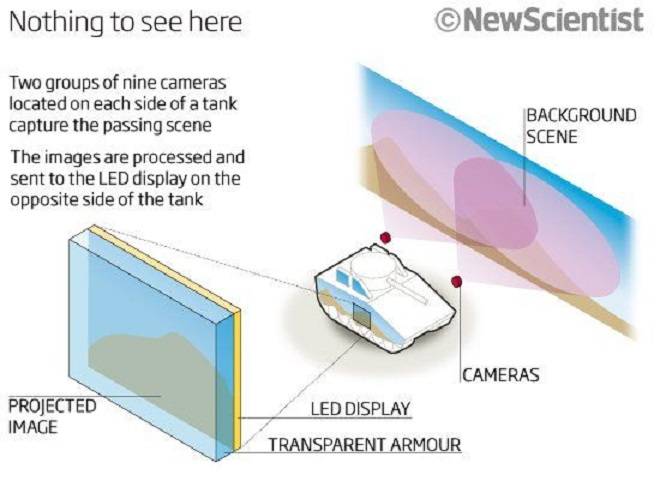
The presence of a hot engine and chassis, which can easily be distinguished in the images from the thermal imager shown at the beginning of this article, can interfere with camouflage of armored vehicles against the background of the surrounding surface. Hiding such a powerful heat source as a tank diesel or gas turbine is not easy.
In this case, the Adaptiv system can be used to distort the signature of a ground-based combat vehicle, in order to make it look like, for example, civilian transport (let us leave aside the ethical side of such a “disguise”) or ground equipment of another class. For example, the enemy believes that he found an armored personnel carrier or MRAP, and uses a small-caliber gun to defeat him, unmasking his position, and in fact he attacks a tank to which the small-caliber gun will not cause critical damage, and which will destroy the opened enemy with return fire.
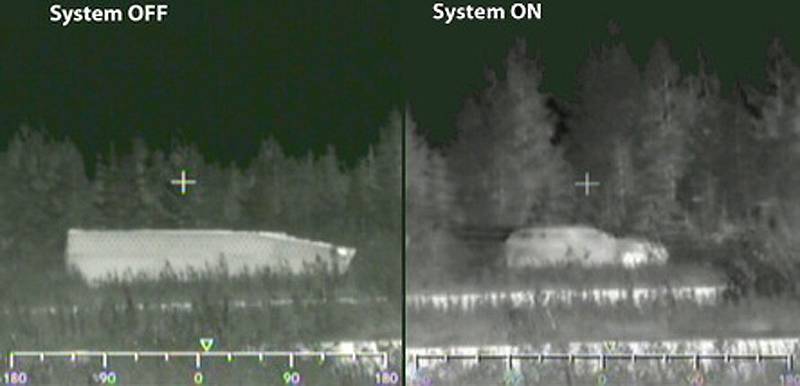
It may be possible to temporarily reduce the temperature of the hull in the engine area by using refrigerant, moving heat to the area of the bottom of the combat vehicle. Further, the refrigerant is either gradually gradually cooled again by the refrigeration unit on board the machine, or it is released into the atmosphere and refilled into the tank at the base. This will help to further change the signature of the body of the armored vehicle.
To mask in the visible wavelength range, an Adaptiv active camouflage system must use electrochromic displays with a resolution of 100 pixels per tile. This will reproduce the background image behind the armored vehicle with high reliability.
The power consumption of the Adaptiv active camouflage system in terms of controlling the infrared signature is up to 70 watts per square meter of masked surface, another 7 watts per square meter is needed to control the visual signature. The Adaptiv system weighs about 10-12 kilograms per square meter, which will allow it to be used on almost all types of ground combat vehicles.
In Russia, an active camouflage system is being developed by the companies Roselektronika and TsNIITOCHMASH for use as part of the promising equipment Ratnik-3.
The domestic active camouflage system is based on the use of a special electrically controlled material - electrochrome, capable of changing color depending on the incoming electrical signals, to ensure compliance with the masked surface and its environment. Declared energy consumption is 30-40 watts per square meter.
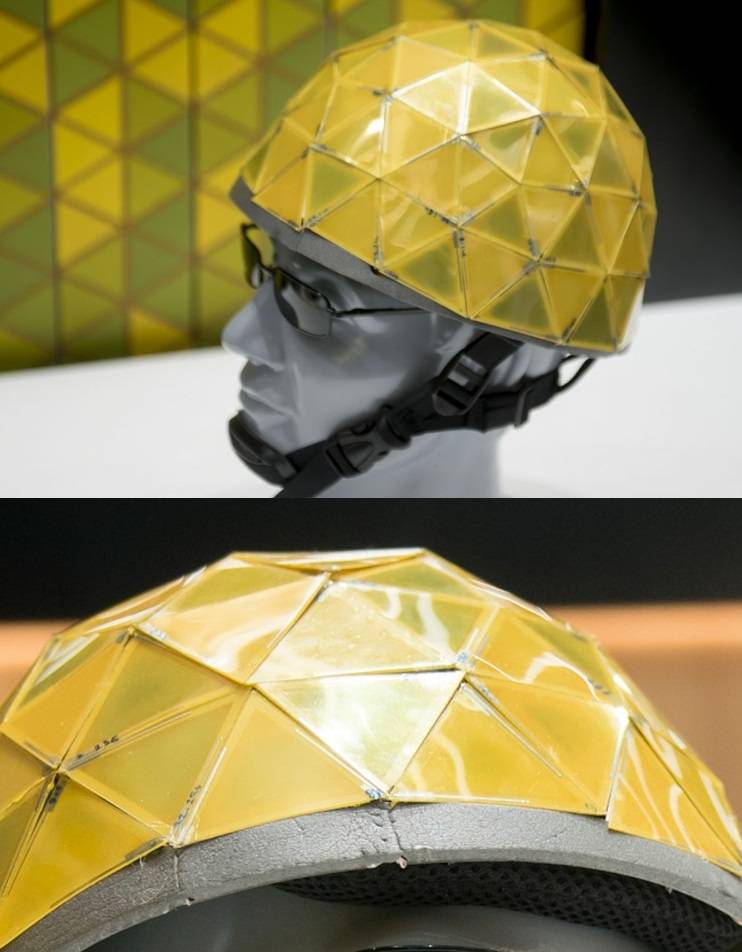
The use of active camouflage systems will require providing them with power, which can provide platforms with electric movement, the application of which we examined in the article: Electric tank: prospects for the use of electric propulsion in ground combat equipment.
In addition to providing power to active camouflage systems, ground-based combat vehicles with electric propulsion will have less noise, as well as the ability to temporarily turn off a diesel / gas turbine integrated with an electric generator, ensuring the operation of the combat vehicle due to buffer batteries, which will greatly simplify the work of an active camouflage camouflage system in the thermal range.
Maneuverability
The continuous confrontation of shell and armor led to the fact that the mass of modern main battle tanks (MBT) was one and a half to two times the mass of MBTs that were in service half a century ago. It is not surprising that periodically there are concepts on refusing to build up armor in favor of increasing the maneuverability of individual combat units and the mobility of units.
One of the largest projects of this type can be considered the American program "Combat Systems of the Future" (Future Combat Systems - FCS). The program planned to create a series of unified machines based on a single chassis. In principle, the idea is not new, given that in Russia something similar is planned to be done on the Armata platform. The difference between the FCS program can be considered the requirement to limit the maximum mass of military vehicles at the level of 20 tons. This would allow the units equipped with machines developed under the FCS program, the highest mobility, due to the possibility of rapid transfer of Lockheed C-130 transport aircraft closer to the front line, and not just the heavy Boeing C-17 and Lockheed C-5, which can be used far from every aerodrome.
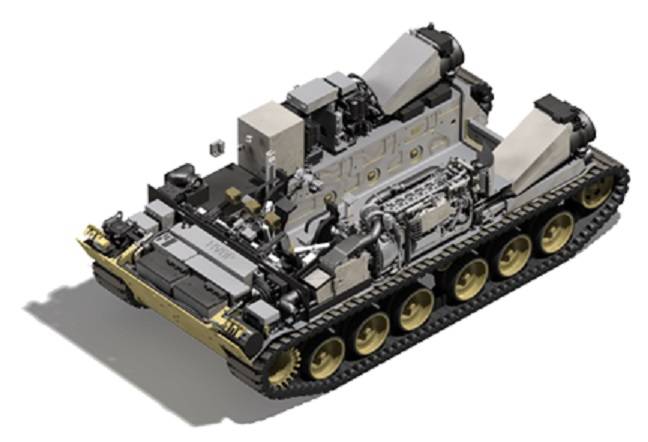
In addition to ground combat vehicles implemented on a single platform, unmanned vehicles were to be created as part of the FCS program aviation and ground-based systems, sensors and weapons, capable of functioning within the framework of the "system of systems" of a single network-centric battlefield.
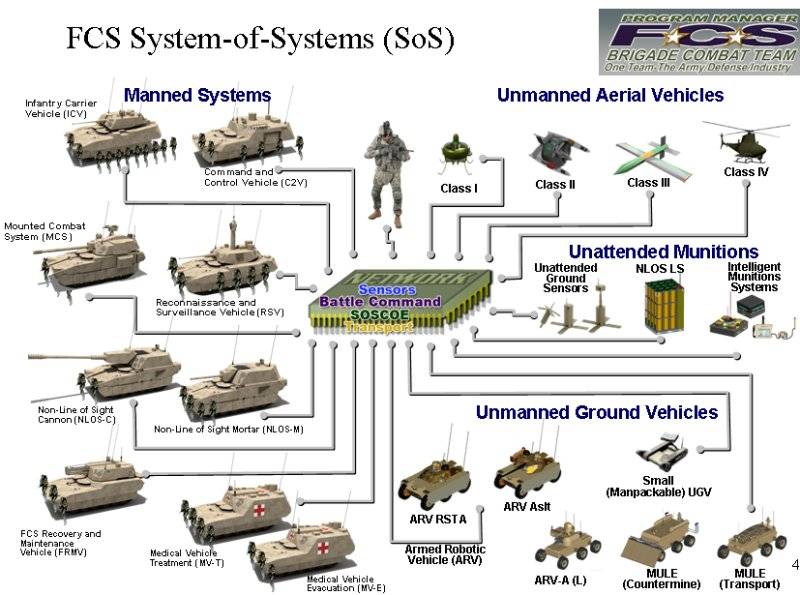
The main striking force was to be a light tank with a 120 mm Mounted Combat System (MCS) XM1202 cannon. Moreover, its mass should also be about 20 tons, which is three times less than the mass of the existing MBT M1A2 Abrams of the latest modifications.
Of course, even taking into account the use of the latest composite materials, it was impossible to create armor for a light tank equivalent to that installed on the MBT M1A2 Abrams, so the developers considered other ways to increase the survival of the XM1202. In particular, it was supposed to reduce the likelihood of a tank defeat due to multi-level protection, including the following levels:
- avoid encounter - avoidance of a collision with superior enemy forces;
- avoid detection - avoid detection by reducing visibility in the optical thermal, visible, radar and acoustic spectra;
- avoid acquisition - avoid capture by escort by counteracting enemy guidance systems;
- avoid hit - avoid hit with the help of active protection complexes;
- avoid penetration - avoid penetration using promising composite armor, as well as perspective electric armor, the principle of which is based on the effect of a powerful electric charge when breaking through spaced contact plates;
- avoid kill - to avoid the death of a combat vehicle during a defeat due to increased survivability by optimizing the layout of the compartments and equipment.
In theory, all of the above can work, but in practice, almost all of the items listed can be implemented on any modern MBT, including during the modernization process. At the same time, the promising XM1202 would still be inferior even to the existing MBTs in terms of the “avoid penetration” item, approaching in this parameter more likely to infantry fighting vehicles (IFVs) or light tanks.
Ultimately, the high cost, complexity of implementing individual components, and the inevitability of compromise solutions led to the closure of the FCS program in May 2009.
Is it even possible to implement an essentially light tank capable of competing on equal terms with MBTs with full armor protection? Indeed, reducing the weight, for example, to 20 tons, while maintaining engine power at the level of 1500-2000 horsepower will allow the light tank to have a specific power of 75-100 horsepower per ton and, as a result, outstanding dynamic characteristics.
The answer will likely be negative. The maneuverability and high dynamic characteristics alone will not provide the ground combat equipment with sufficient protection, otherwise everyone would have fought on the Buggy.
At the same time, as an addition to armor protection, high dynamic characteristics and the possibility of intensive maneuvering can increase the survival rate of armored vehicles on the battlefield. This can be especially effective when introducing advanced automatic traffic control systems (autopilots) in combination with electric propulsion of ground combat equipment.
The autopilot of a promising combat vehicle should provide continuous orientation on the ground, taking into account the analysis of elevations of the terrain, data on surrounding artificial objects and natural obstacles obtained from a high-precision map of the terrain, as well as on-board sensors - radar, lidars, thermal imagers and video cameras.
Based on the data obtained, the autopilot can form several routes on the overview screen that are most protected from enemy attacks from threatened directions, similar to how navigation programs for cars now do when driving around the city along routes constructed with traffic jams in mind.
In addition, if a launch of a rocket / grenade is detected, the automation should, based on data on the surrounding area, determine possible positions that provide shelter from a missile / grenade. Further, depending on the activated mode, the combat vehicle either automatically makes a short energetic throw to evade a rocket / grenade, or issues an alarm signal with the display of protected positions on the overview screen, after which it is enough for the operator to poke at the selected position on the touch screen after which the machine will perform a protective maneuver automatically.
Of course, the operation of such systems should take into account the location of nearby allied combat vehicles and dismounted fighters.
When firing from hand-held anti-tank grenade launchers (RPGs) and anti-tank missile systems (ATGMs) from a distance of 500-5000 meters, depending on the distance and type of rocket / grenade, about 3-15 seconds will elapse between a shot and the moment it hits the combat vehicle, which can it is enough to carry out an energetic defensive maneuver both in automatic and in semi-automatic mode.
Hack and predictor Aviator
Advanced camouflage systems and increased maneuverability will not replace armor and active defense systems, but can complement them, significantly increasing the survival rate of promising ground combat vehicles on the battlefield.
The implementation of advanced active camouflage systems and the increased maneuverability of promising ground combat vehicles will help ensure the introduction of electric propulsion systems.
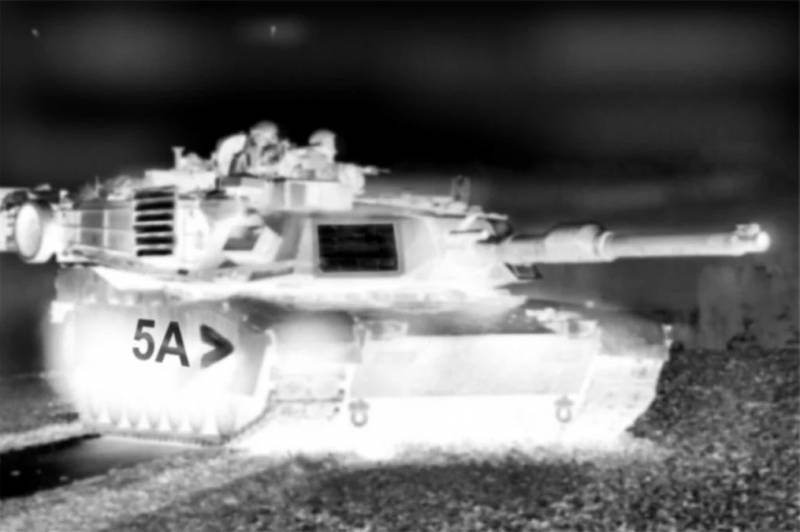

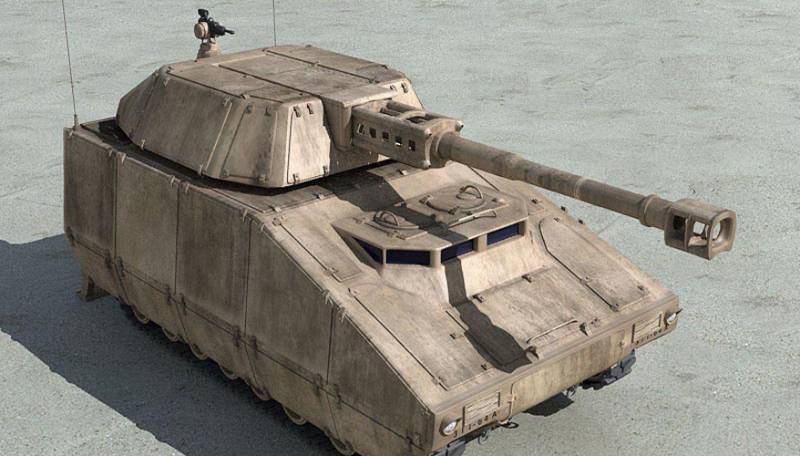

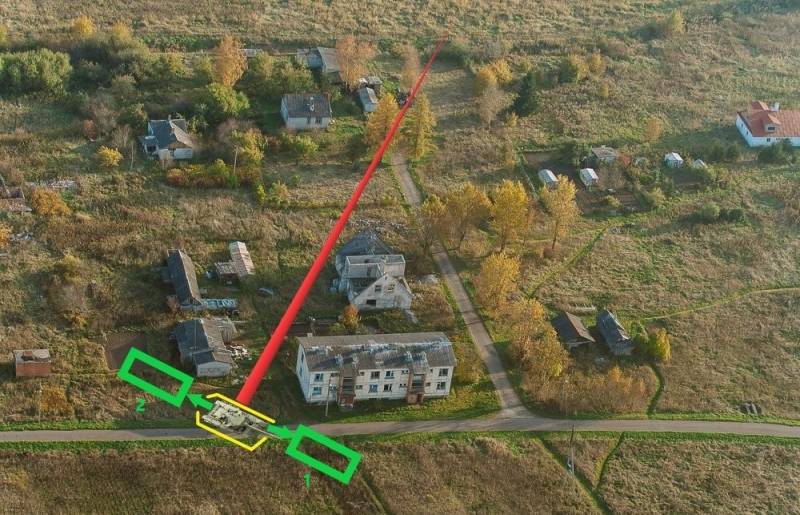
Information